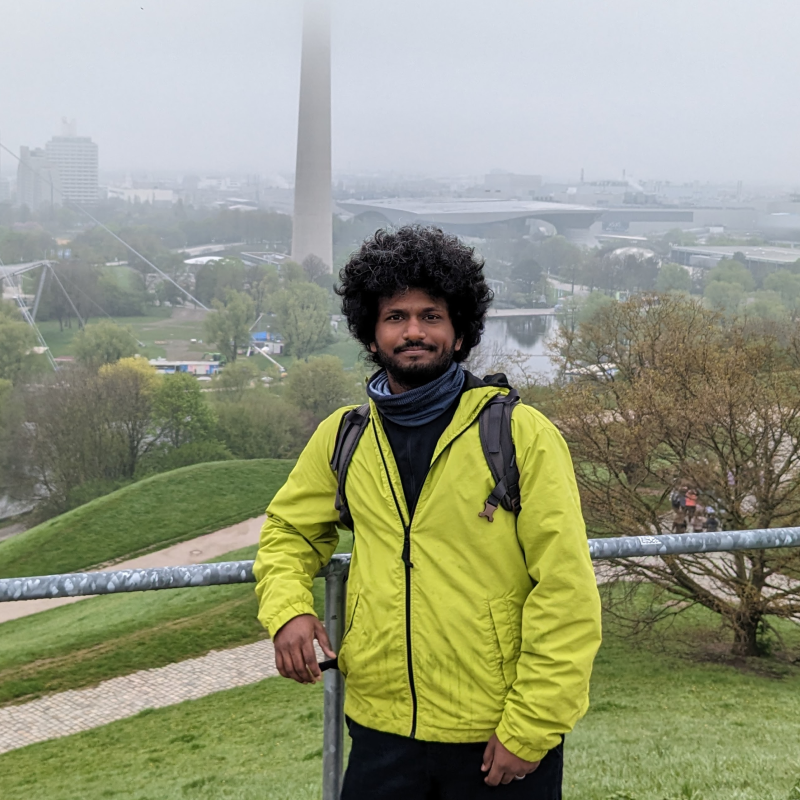Playful Interfaces for Experimental Music
Traditional musical instruments are tactile, intuitive, and rewarding, allowing musicians to connect directly with the sounds they create. However, today’s experimental music tools can feel intimidating—modular synthesizers with knobs and wires, and complex programming often lack the simple joy of hitting, playing, and freely exploring sounds. They create a barrier for beginners wanting to explore.
To address this gap, new interfaces are needed to bring back that immediate, playful connection to sound. By making experimental music tools more intuitive, hands-on, and accessible, these new interfaces can allow more people to explore sonic creativity without requiring in-depth technical skills or knowledge. In my talk, I’ll discuss specific examples of these new interfaces from around the world and how an interaction design approach can help lower these barriers, making experimental music more inviting and approachable for everyone. This shift can encourage more people to express themselves through sound, opening up experimental music to a broader audience.

Allwin Williams
Interaction Designer
PARAM Innovations, Bigfoot.Land
Allwin is an interaction designer currently working with a science museum to setup a sound and music gallery. He also runs a personalized fashion business and takes courses on tangible interface design at design schools. He loves experimenting with tech, electronics, and the web.